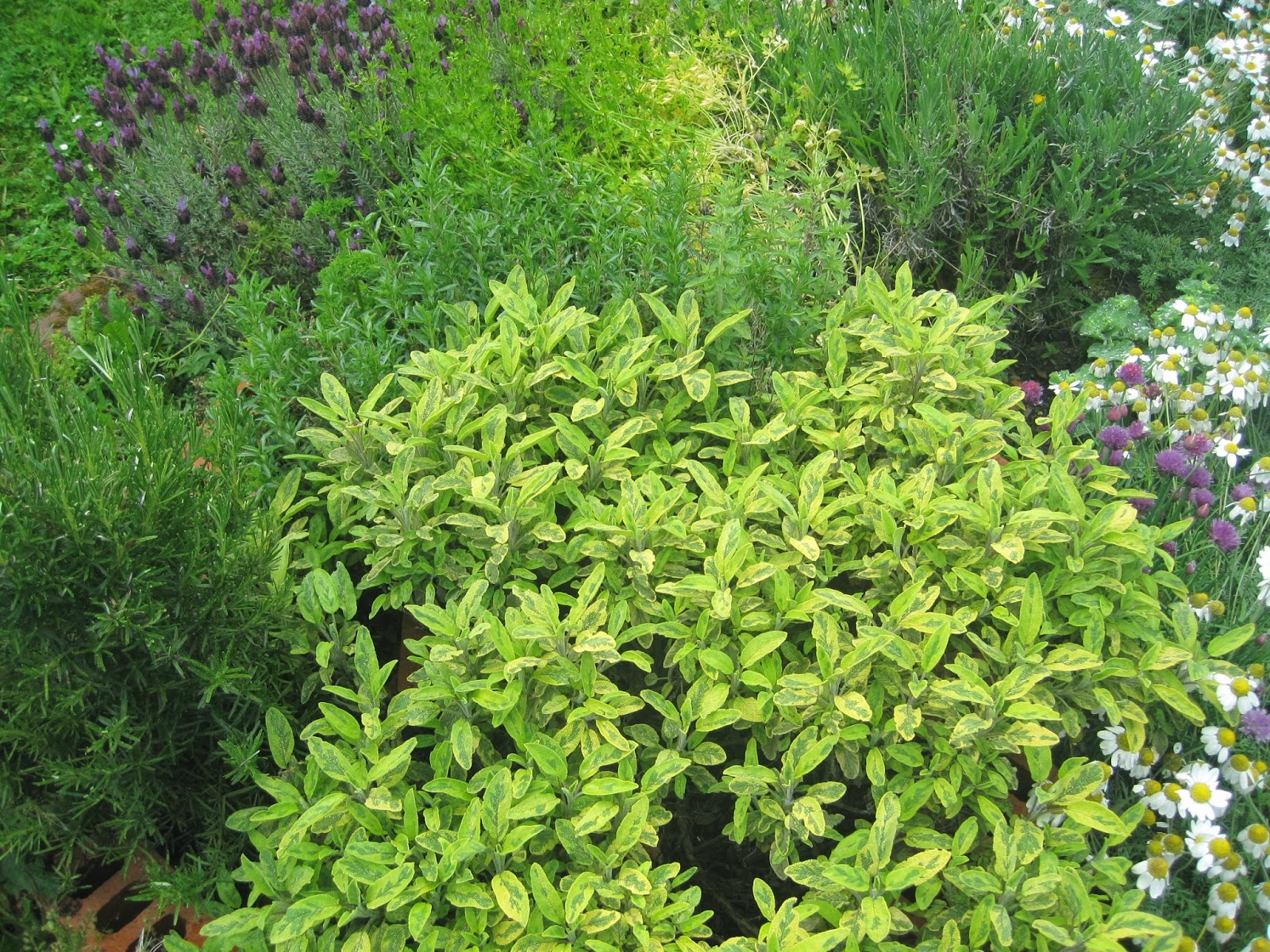I've been trying to get rid of a very invasive ground cover bamboo Pleioblastus Pygmaeus so there hasn't been much else to look at, apart from dead branches, except the curious nasturtium. The year before I grew a beautiful deep blood red nasturtium, but this one has many colours on the same plant from cream flushed apricot/orange, to vermilion contrasting with the blue-green circular leaves. It is the same plant, I've checked!
Native to South and Central America and sometimes called Indian Cress, the leaves and flowers are edible with a peppery taste not unlike the true Nasturtium (watercress) which is a member of the Brassica family. They aren't related! You can use them in a number of ways like these ones
Raspberry, Pecan, Nasturtium and Spinach Salad with a Raspberry Vinaigrette or Nasturtium Salad with Nasturtium Vinaigrette. If you like Vietnamese style spring rolls, try Summer Rolls with Marigolds and Nasturtiums
It goes without saying that these flowers and leaves should be pesticide free, so it's better to grow them yourself than buy them from a nursery or shop.
You can make nasturtium butters and infuse vinegar with the leaves and
flowers, nasturtium pesto, and use the unripe seed pods as a substitute
for capers. For more nasturtium recipes and ideas visit Tastespotting. Or how about some marigold tortillas? Or Egg and Tomato Salad with Marigold and Chive Flowers?
There are many flowers you can use, from courgettes to herbs, to
lavender and rose petals, to borage flowers in your Pimm's to flavoured
sugars. Apart from adding a wonderful splash of colour, they provide interesting and unusual tastes.
Why not try a Tactile Dinner, from La Cucina Futurista (the Futurist Cookbook)? Diabolical Roses:
Red roses, battered and deep-fried, or Taste Buds Take Off:
A soup of concentrated meat stock, champagne, and grappa, garnished
with
rose petals — “a masterpiece of brothy lyricism.” Heston Blumenthal,
eat your heart out! This bonkers manifesto has been tainted by
association with Mussolini who adopted it, but it contains some
delightful and challenging concepts and ideas about food. The Futurists
were concerned with, among other things, abolishing pasta and the knife
and fork.
A good source of information is the Edible Flower Shop,
where you can also buy seeds, plants and dried petals - at a premium -
so you might want to take the ideas and buy the seeds somewhere else. If
you are catering, try Maddox Farm Organics. A list of edible flowers with links to photographs, and a companion list of toxic plants, is on About.com
 |
| Big mess o'branches! |
| Brie, studded with violas (from the Edible Flower Shop blog) |
 |
| Glorious painterly nasturtium flowers all on the same plant |
 |
| Big basil leaf - last year these grew hand-sized |
Last but not least, a species daylily that has been in my garden for some years and has decided to produce flowers again this year. It is Hemerocallis lilioasphodelus, a plant grown since the 16th century and has sweetly scented flowers.
 |
| The beautiful and scented Hemerocallis lilioasphodelus (bought as H. flava) - they last more than a day, too |











